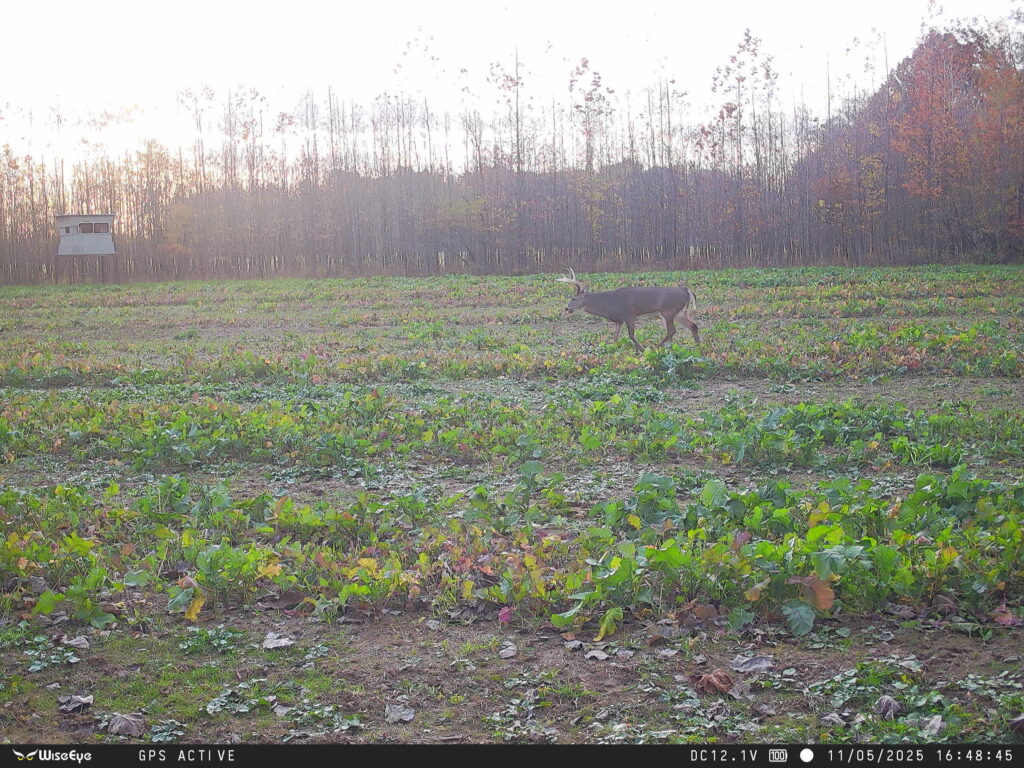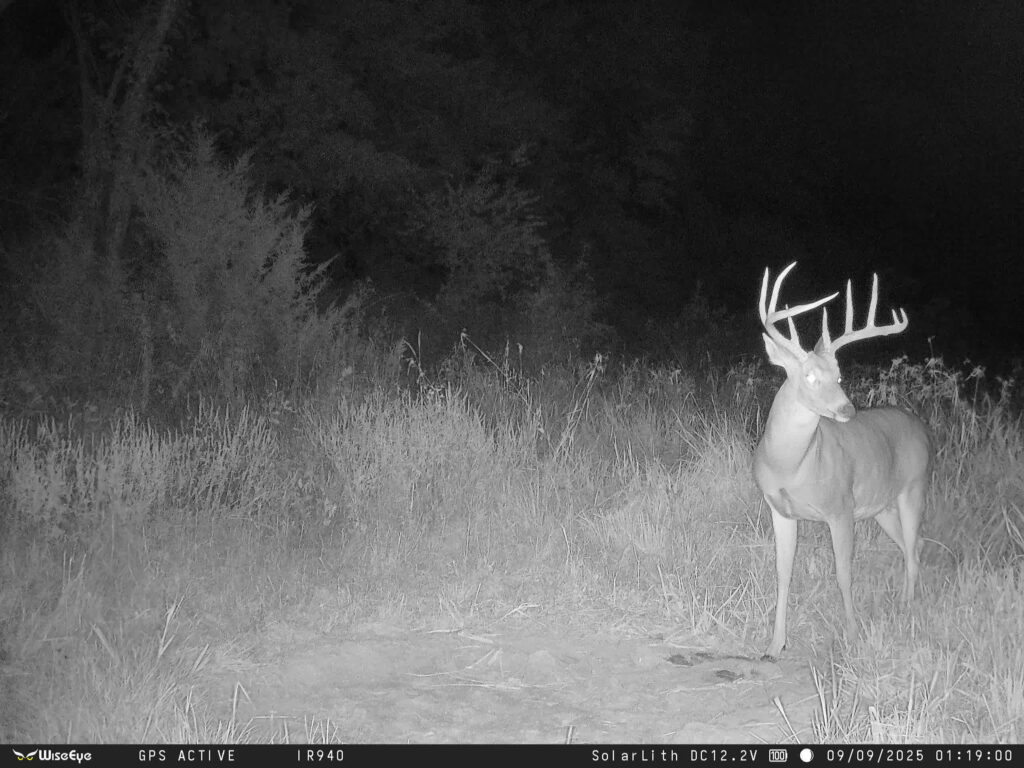Understanding Whitetail Movement During the Rut: Research Insights for Smarter Habitat Management


Author: Chase Hardage, MBA, MS
Every year when November rolls around, hunters across the country wait for that magical window when bucks seem to lose all sense of caution during the rut. While it is easy to focus on antler size and breeding activity, the science behind whitetail movement during this period reveals much more about how habitat and hunting pressure shape what we see in the field.

To dig deeper into these patterns, I spoke with Luke Resop, a Graduate Research Assistant with the Mississippi State Deer Lab, who shared valuable insights on how habitat features influence whitetail behavior during the rut and how hunters and land managers can use that knowledge to their advantage.
Food, Cover, and the Rut Equation
According to Resop, priorities differ greatly between bucks and does this time of year. “Does need high-quality food and cover during the rut,” he explained. “High-quality food is important to support late lactation and body maintenance, while high-quality cover helps them avoid predators and seek thermal refuge.”
Bucks, however, have a very different focus. “Bucks undergo voluntary hypophagia, they stop eating, because they are singularly focused on breeding,” Resop said. “So food isn’t as important for bucks directly, but it’s indirectly important because high-quality food attracts does, which attracts bucks.”
This connection between food availability and breeding behavior reinforces the importance of managing for both nutrition and security cover throughout the year.
Hunting Pressure: The Hidden Variable
Resop emphasized one factor that is often underestimated in discussions about deer movement, hunting pressure. “Research clearly shows that hunters love to hunt food plots, and deer quickly cue in on this predation risk and shift their food plot use after dark,” he noted. “This is avoidable when you hunt smart.”

That statement carries weight for anyone who has ever wondered why their trail cameras fill up at night but go quiet during shooting hours. Strategic access routes, wind consideration, and rotation of stand sites can all help minimize that human footprint and keep deer active during daylight.
How Cover and Edges Shape Movement
When it comes to understanding how deer navigate a property, Resop said the layout of cover and edge habitat is crucial. “Distribution of cover influences travel corridors and bedding areas. By strategically placing high-quality cover in certain areas and high-quality food in others, you can ‘force’ deer through travel corridors, which are often excellent ambush locations to hunt,” he explained.
He also pointed out the value of soft edges, gradual transitions between habitat types like pine and hardwood stands. “Soft edges are one of my personal favorite landscape features to hunt,” Resop shared. “Deer cue in on these features for travel routinely.”
Seasonal Shifts in Food and Movement

As fall transitions into winter, changes in food sources can completely shift deer patterns. “Buck movement is most predictable in late summer and early fall, especially in areas with destination-style food sources,” Resop said. “As we transition into fall, the wild card is always acorn availability.”
He added that during this time, “native vegetation is senescing, dying, and rapidly plummeting in nutritional quality,” meaning deer are constantly adjusting to changing food options. For hunters and managers, keeping tabs on those shifting preferences can be the difference between success and frustration.
The Myth of the “Nocturnal” Buck

Resop addressed one of the most persistent misconceptions among hunters, the idea of truly nocturnal bucks. “If you’re only getting nighttime pictures of a buck, he is not ‘nocturnal,’” he said. “No such buck exists. He is moving in daylight, just in an area you haven’t been or don’t have cameras.”
That means pressure and access often determine whether we ever actually see those daylight movements.
Overlooked Habitat Features
While food plots and cover get most of the attention, Resop highlighted another overlooked feature, water. “Deer need about 0.5 gallons of water per day, depending on body size and life stage,” he explained. “If it’s a dry fall, water becomes increasingly attractive, especially when strategically placed near high-quality cover and food.”
Building Consistency Through Habitat Design
For landowners or managers looking to improve habitat consistency, Resop encourages thinking on the scale of a deer’s daily home range. “A buck’s daily home range is about 200 acres, a doe’s is likely much smaller during the rut,” he said. “To produce the most consistent deer activity, focus on providing everything deer need within a 100 to 200-acre area.”

He offered a vision of an ideal setup. “If, in every 150-acre block, I could create a 5-acre food plot, 50 to 100 acres of well-managed woods, another 10 to 20 acres of old field providing excellent cover, and one or two water sources, I’m in business.”
This balance of resources not only keeps deer in the area but also provides more options for strategic hunting setups across varying conditions.
Final Thoughts
Understanding how whitetails move during the rut goes far beyond timing and weather patterns. It is about managing the land in a way that aligns with their biological needs and behaviors. As Resop’s research shows, food, cover, water, and hunting pressure all intersect to influence deer movement and visibility during one of the most exciting times of the year.
For hunters and land managers, the take-home message is clear. Habitat diversity drives deer activity. By creating and maintaining a variety of food sources, cover types, and low-pressure zones, you not only enhance the health of your deer herd but also improve your opportunities during the season. The rut is a short window, but smart, science-driven management can make that window much more productive year after year.



